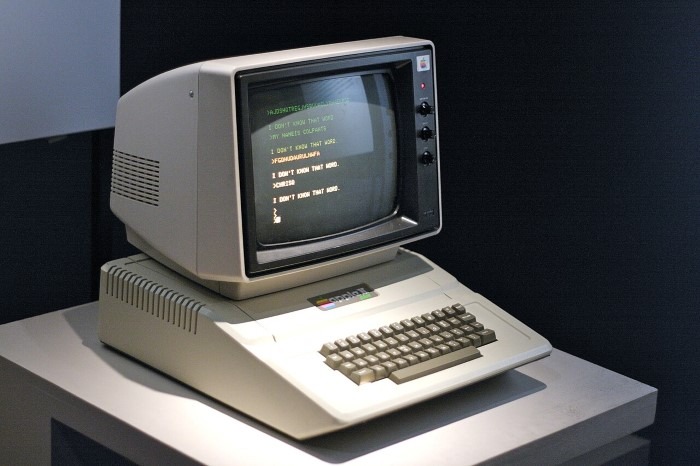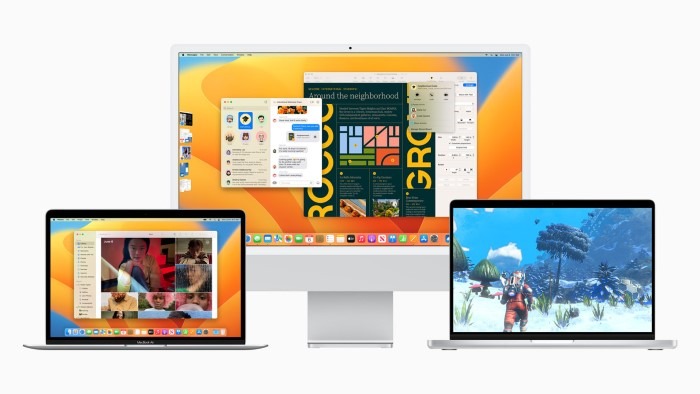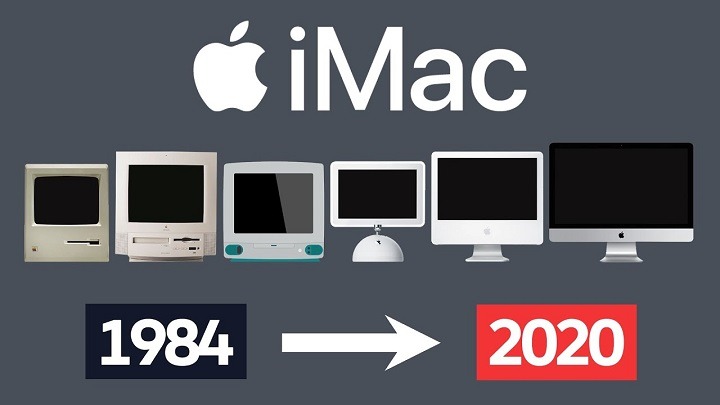In the ever-evolving landscape of technology, few companies have left as indelible a mark as Apple Inc. Renowned for its commitment to innovation, design excellence, and user experience, Apple has revolutionized the world of computing with its iconic line of Macintosh computers. From the groundbreaking Macintosh 128K to the latest MacBook Pro with M1 Pro and M1 Max chips, Apple’s journey in the realm of computers is a testament to its unwavering pursuit of excellence. In this comprehensive exploration, we’ll take a journey through the evolution of Apple computers, tracing the company’s history, landmark achievements, and enduring legacy.
Origins of Apple Computers

The story of Apple computers begins in the garage of Steve Jobs and Steve Wozniak, where the two visionaries embarked on a mission to democratize computing and empower individuals with powerful yet user-friendly technology. In 1976, Apple Computer, Inc. was founded, and the world was introduced to the Apple I, a bare-bones computer kit that laid the foundation for what was to come.
The breakthrough came with the introduction of the Apple II in 1977, a fully assembled personal computer that featured color graphics and a built-in keyboard. The Apple II revolutionized the computing industry, becoming one of the first commercially successful personal computers and establishing Apple as a major player in the burgeoning tech market.
The Macintosh Revolution
In 1984, Apple forever changed the computing landscape with the introduction of the Macintosh, a revolutionary computer that boasted a graphical user interface, a mouse, and a built-in screen. Designed to be intuitive and accessible to the average user, the Macintosh set a new standard for usability and ushered in the era of personal computing as we know it today.
The Macintosh was followed by a series of groundbreaking innovations, including the Macintosh SE, Macintosh Portable, and the iconic Macintosh PowerBook, which introduced the concept of portable computing to the masses. Throughout the 1990s and early 2000s, Apple continued to push the boundaries of design and technology with products like the iMac G3, iBook, and Power Mac G4, cementing its reputation as a leader in innovation and style.
The Transition to Intel Processors
In 2005, Apple made a historic announcement: it would transition its Macintosh computers from PowerPC processors to Intel processors, marking a major shift in the company’s hardware strategy. The transition to Intel processors enabled Apple to deliver faster, more powerful computers with improved performance and compatibility, laying the groundwork for future innovations.
The transition was completed in 2006 with the introduction of the first Intel-based Macs, including the MacBook Pro and iMac. The move to Intel processors opened up new possibilities for Apple, allowing it to capitalize on the latest advancements in processor technology and deliver a superior computing experience to its customers.
The Rise of macOS and macOS Features

Central to the success of Apple computers is the macOS operating system, a powerful and intuitive platform that powers Macintosh computers with seamless integration, robust features, and cutting-edge security. From the early days of the Macintosh System Software to the modern macOS Monterey, Apple has continually refined and enhanced its operating system to provide users with a stable, secure, and enjoyable computing experience.
macOS boasts a wide range of features and capabilities, including the innovative Spotlight search, the intuitive Mission Control, and the powerful Siri voice assistant. Additionally, macOS is known for its tight integration with other Apple devices and services, such as iCloud, Continuity, and AirDrop, enabling users to seamlessly transition between their Mac, iPhone, iPad, and Apple Watch.
The Transition to Apple Silicon
In 2020, Apple once again made waves in the computing industry with the announcement of its transition from Intel processors to custom-designed Apple silicon chips. Building on its success in designing chips for its mobile devices, Apple introduced the M1 chip, the first in a new family of Mac chips designed specifically for Macintosh computers.
The transition to Apple silicon represents a significant milestone for Apple and the computing industry as a whole, offering unprecedented levels of performance, efficiency, and integration. With the M1 chip, Apple has redefined what’s possible in terms of power and performance, delivering faster speeds, longer battery life, and seamless compatibility with existing Mac software.
The Latest Innovations in Apple Computers
In recent years, Apple has continued to push the boundaries of innovation with its Macintosh computers, introducing groundbreaking features and technologies that set new standards for the industry. From the sleek and powerful MacBook Air to the professional-grade MacBook Pro, Apple’s lineup of Macintosh computers offers something for every user, whether they’re a student, creative professional, or business executive.
The latest innovations in Apple computers include the introduction of the M1 Pro and M1 Max chips in the MacBook Pro, which deliver unprecedented levels of performance and efficiency for demanding workloads such as video editing, graphic design, and software development. Additionally, Apple has introduced features like the Touch Bar, Touch ID, and True Tone display, further enhancing the user experience and productivity of its Macintosh computers.
Related Post:
- Exploring the Innovation and Creativity of the Apple Pencil 1: A Comprehensive Guide
- Exploring the Thrilling World of Game Pigeon: A Comprehensive Guide
- Exploring the Integration: OnlyFans and Apple Pay
As we reflect on the evolution of Apple computers, one thing becomes clear: Apple’s legacy is one of innovation, excellence, and commitment to the user experience. From the humble beginnings of the Apple I to the cutting-edge technology of the latest MacBook Pro, Apple has continually pushed the boundaries of what’s possible in computing, inspiring generations of users and developers along the way.
With its unwavering dedication to design, performance, and usability, Apple continues to shape the future of computing and redefine the way we work, create, and connect with the world around us. As we look ahead to the next chapter in the evolution of Apple computers, one thing is certain: the spirit of innovation and excellence that has guided Apple since its inception will continue to drive the company forward, shaping the future of technology for years to come.

